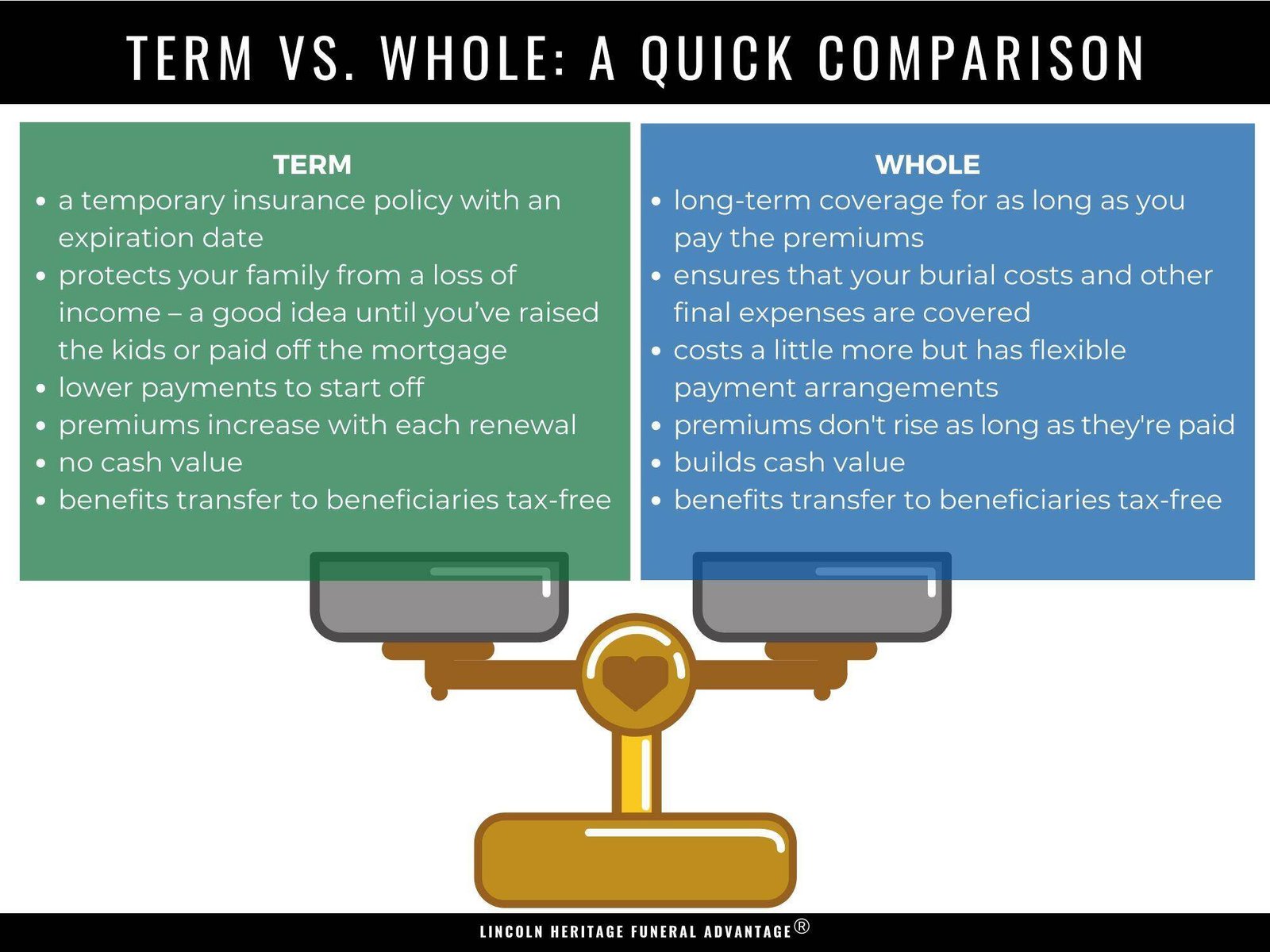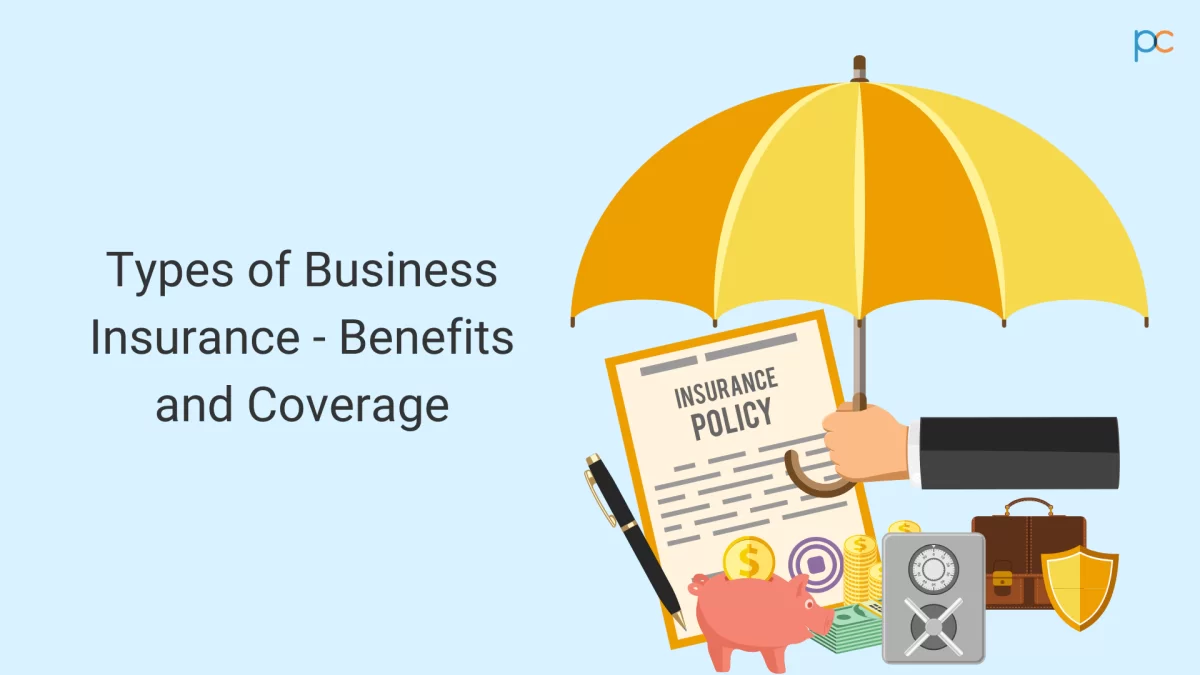Beyond the Mortgage: Unveiling the Hidden Costs of Homeownership
Beyond the Mortgage: Unveiling the Hidden Costs of Homeownership
The dream of homeownership – a place to call your own, a space to personalize, and a potential investment for the future. It’s an exciting prospect, but before you dive headfirst into the world of open houses and bidding wars, there’s a crucial aspect to consider: the hidden costs. The down payment and mortgage payment are just the tip of the iceberg. Owning a home comes with a whole host of additional expenses that can sneak up on unsuspecting buyers.
This blog serves as a roadmap, unveiling the hidden costs of homeownership and helping you make an informed decision. We’ll explore property taxes, homeowners insurance, the never-ending realm of maintenance, and the potential need for renovations. By understanding these additional costs, you can create a realistic budget and ensure homeownership remains a dream come true, not a financial nightmare.
Property Taxes: Your Yearly Contribution to the Community
Property taxes are a yearly levy imposed on homeowners by local governments. The funds collected go towards vital public services like schools, roads, and police departments. The amount you pay depends on several factors, including:
- Property Value: In most areas, the higher the assessed value of your home, the higher your property taxes will be.
- Mill Rate: This is a tax rate expressed in mills (one mill equals one-tenth of one cent). Multiply the mill rate by your property’s assessed value to estimate your annual property tax burden.
- Location: Some towns and cities have higher property taxes due to the cost of local services or amenities.
Understanding Property Tax Bills:
While the exact format may vary, property tax bills typically include:
- Assessed Value: This is the estimated market value of your property as determined by the local assessor’s office.
- Mill Rate: The tax rate that will be applied to your assessed value.
- Total Tax Amount: The annual property tax you owe.
- Payment Options: You may be able to pay your property taxes in full or spread them out over monthly installments.
Budgeting for Property Taxes:
Property taxes are a recurring expense, so it’s important to factor them into your monthly budget. A good rule of thumb is to estimate 1-3% of your home’s purchase price for annual property taxes. However, researching current mill rates in your desired location will give you a more accurate figure.
Homeowners Insurance: Shielding Your Castle
Homeowners insurance is a form of property insurance that protects your home and its contents from a variety of perils, including:
- Fire
- Theft
- Vandalism
- Weather events (depending on the policy)
- Liability (if someone gets injured on your property)
Factors Affecting Homeowners Insurance Costs:
- Dwelling Coverage: This covers the cost of rebuilding or repairing your home if it’s damaged or destroyed. The amount of coverage you need will depend on the value of your home.
- Deductible: This is the amount you’ll pay out of pocket before your insurance kicks in. Choosing a higher deductible can lower your premium, but make sure you can afford it in case of a claim.
- Location: Homes in areas prone to natural disasters or with higher crime rates will typically have higher insurance costs.
- Construction Materials: Homes built with fire-resistant materials or with security features may qualify for discounts.
Shopping for Homeowners Insurance:
Don’t settle for the first quote you receive. Get quotes from multiple insurance companies and compare coverage details and premiums. Consider factors like your deductible, replacement cost coverage for your belongings, and additional living expenses coverage in case your home becomes uninhabitable.
The Maintenance Marathon: Keeping Your Home Running Smoothly
Unlike a rental property, where the landlord shoulders the burden of maintenance, homeowners are responsible for keeping their homes in good repair. This encompasses a wide range of tasks, from routine upkeep to major repairs. Here’s a glimpse into the world of home maintenance:
- Routine Maintenance: This includes tasks like changing air filters, cleaning gutters, and maintaining landscaping. While these tasks may seem small, neglecting them can lead to bigger problems down the road.
- Appliance Repair: Appliances like refrigerators, ovens, and washing machines can break down unexpectedly. Budget for repairs or replacements every few years.
- Seasonal Maintenance: Winterizing your home before cold weather arrives and preparing your lawn and sprinkler system for the summer are crucial aspects of seasonal maintenance.
- Major Repairs: Roofs, plumbing systems, and electrical wiring all have lifespans. Be prepared for the occasional major repair, which can cost thousands of dollars.
Budgeting for Maintenance:
A common rule of thumb suggests allocating 1-3% of your home’s value annually for maintenance. This can be a helpful starting point, but the actual amount will vary depending on the age and condition of your home, the climate you live in, and your own DIY skills.
Here are some strategies for managing maintenance costs:
- Create a Maintenance Schedule: Plan for routine maintenance tasks and schedule them throughout the year. This will help you avoid surprises and spread out the financial burden.
- Learn Basic DIY Skills: Simple tasks like changing air filters, unclogging drains, and bleeding radiators can be tackled yourself, saving you money on repair calls.
- Shop Around for Repairs: Get quotes from multiple contractors before hiring someone for a major repair.
- Consider a Home Warranty: A home warranty can provide coverage for repairs or replacements of major appliances and systems. However, carefully review the terms and exclusions before purchasing one.
Renovation Reality: Enhancing Your Space, But Straining Your Wallet
Many homeowners dream of renovating their homes to create their ideal living space. While renovations can add value to your property and improve your quality of life, they come at a cost.
Types of Renovations:
- Cosmetic Renovations: These renovations focus on aesthetics, such as painting, upgrading fixtures, or replacing flooring.
- Functional Renovations: These renovations address functionality, such as adding an extra bedroom, remodeling a bathroom, or upgrading the kitchen.
- Structural Renovations: These renovations involve major changes to the structure of your home, such as adding an extension or replacing a roof.
Budgeting for Renovations:
Renovation costs can vary widely depending on the size and scope of the project, the materials used, and labor costs in your area. Here are some tips for budgeting for renovations:
- Get Multiple Bids: Don’t just go with the first contractor you talk to. Get detailed bids from several qualified contractors and compare prices.
- Factor in Permits and Inspections: Many renovations require permits and inspections, which add to the overall cost.
- Plan for Unexpected Costs: It’s wise to allocate a contingency fund of 10-20% of your budget to cover unexpected costs that may arise during the renovation process.
The Takeaway: Owning a Home is a Rewarding, But Not Expense-Free, Endeavor
Homeownership offers numerous benefits – stability, the ability to personalize your space, and the potential for long-term wealth creation. However, it’s important to be realistic about the ongoing costs involved. By factoring in property taxes, homeowners insurance, maintenance expenses, and potential renovation needs, you can create a budget that allows you to comfortably enjoy the benefits of homeownership.
Remember, a home is a significant financial commitment. Don’t let the hidden costs catch you off guard. Do your research, plan ahead, and enter the world of homeownership with your eyes wide open.
Bonus Tip: Consider creating a homeownership expense spreadsheet to track your ongoing costs, including property taxes, insurance premiums, maintenance expenses, and utilities. This will help you monitor your spending and ensure you’re staying within budget.










